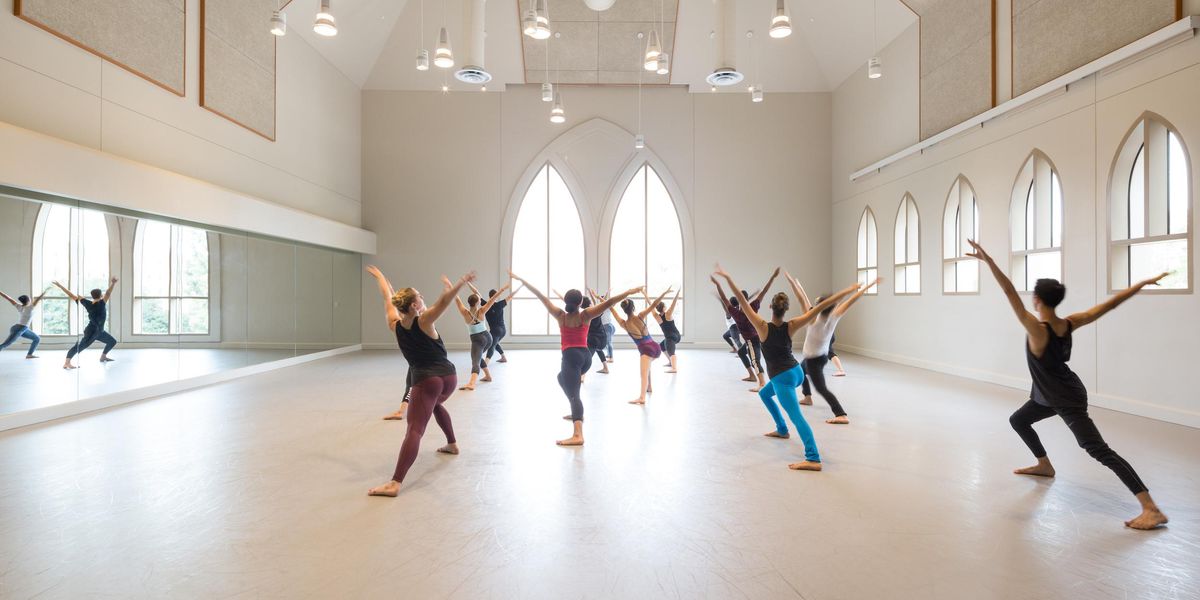Why I Dance: Bebe Neuwirth
Perhaps the only dancer whose star power spans Broadway, films, and TV, Bebe Neuwirth is always fun to watch. Sensual and precise, she
exudes an elegant, teasing sexuality without losing her street savvy. She won Tonys for her performances in revivals of
Sweet Charity and Chicago. Her repressed-but-passionate Dr. Lilith Sternin on the TV shows Cheers and Frasier might make you think she traded in dancing for acting. But she continues to feel like a dancer first, as evidenced in her dedication to her own project, The Dancers’ Resource, an organization that helps injured dancers to cope financially, emotionally, and physically.
Neuwirth grew up in Princeton, NJ, where she performed with the Princeton Ballet Company in high school. She dropped out of Juilliard after only one year to audition for musicals—and landed a spot in the touring company of
A Chorus Line almost immediately. From there, she appeared in Little Me and Dancin’, which launched her as a Fosse dancer of particular charm—and went on to star in Damn Yankees, Chicago, and Fosse. The latest movie role for this 2007 Dance Magazine awardee was the ballet teacher in last year’s Fame. Currently she plays the slinky, darkly lustful Morticia in The Addams Family on Broadway.
According to Neuwirth family lore, the moment I was born the delivering obstetrician announced, “She’s a dancer.” We don’t know if he was psychic, intuitive, or just noticed that I was wiggling a lot. We do know that my legs were excessively bent and twisted to a degree that necessitated putting them in casts for the first six weeks of my life. Maybe I have a primal memory from those weeks, which motivates me toward motion and dance. Hmm.
Always in my life—and I can distinctly remember this from even early childhood—I have been viscerally excited by open spaces. I see an open playground, a soccer field, an empty stage, and I feel something within me respond with a yearning to tear across those spaces. Run, jump, turn, and run again. And then run some more as fast as I can. The feeling is physical, emotional, and even spiritual in a way. I suppose this is my primary instinct—to move. But that instinct has a twin, and that is to express.
Artists are artists because they need to express. I believe everyone has that need, but for an artist, it becomes the driving force in their lives. My mother is a painter, and whether her picture is of flowers, dancers, or abstract, she’s expressing something beyond the image. This is what I am also driven to do. To dance within the most musical and eloquent choreography and express something—an emotion, a story, the music—this to me is sublime.
I started taking class when I was 5. I saw a ballet when I was 4 and was desperate to do that thing I’d just seen onstage. I studied only ballet until I was a teenager. For me, that was the ultimate mode of expression for everything I felt. The world of ballet was something I understood in a profound way. I was a very sad young teenager when I realized I didn’t have a true ballet body, nor did I have the natural facility for the technique. I was, however, a very happy young teenager when I saw a dance performance that changed my life.
When I was 13, I saw Pippin on Broadway. I sat far up in the balcony, and even from way up there, I recognized myself on that stage. I thought (in an almost subconscious way), “I know that choreography, I feel that choreography, I can do that choreography.” After the show, I made a deep decision: “I’m going to dance on Broadway, and I’m going to do that guy’s choreography.” At the time, I didn’t know “that guy” was Bob Fosse, and that he was a genius.
I started taking jazz classes and singing lessons (along with the perennial ballet classes) and eventually got myself to New York City. I began auditioning for shows and started working. Musical theater requires us to sing and speak, so I do that, too—and enjoy it—but nothing holds the primal satisfaction that dancing does.
So I’m left with this not-so-simple question: Why do I dance? I put the question to a good friend of mine who is also a dancer and mentor to me. I said, “Can you define why you dance?” He said, “Because the soul needs to.” My true answer may be intangible. But I know this: I dance because I need to move through space. Because I need to express with my body. Because I love to disappear into the light onstage and become myself.




